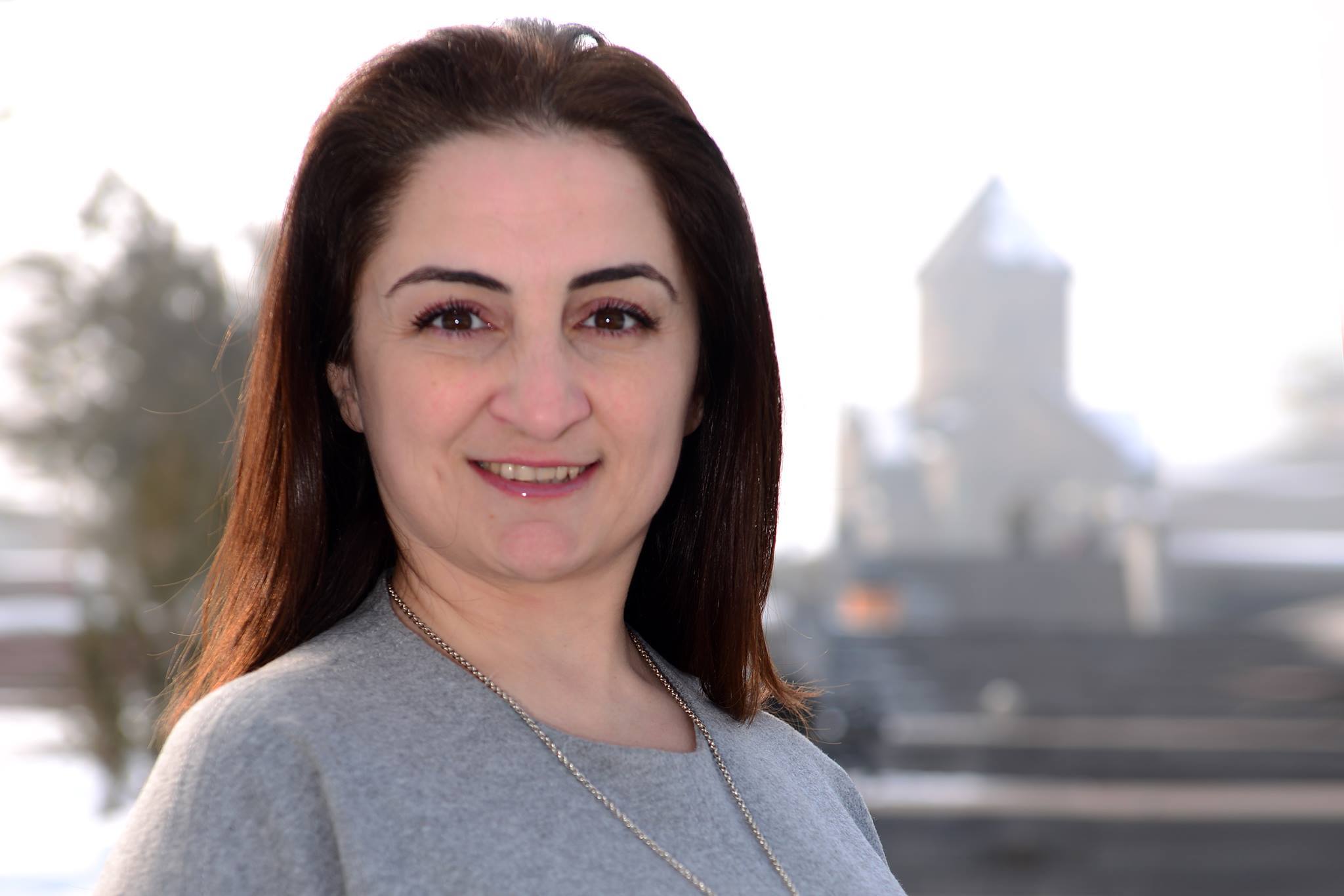
TATEVIK SHAKHKULYAN
Musicologist, PhD in Arts, Head of the Research Department of the Komitas Museum-Institute, Senior Researcher at the Institute of Arts of the National Academy of Sciences of RA, Lecturer at the Komitas State Conservatory, Liaison Officer for Armenia at the International Council for Traditional Music. She defended her dissertation thesis at the Institute of Arts of the National Academy of Sciences of RA. In 201415, she conducted post-doctoral research at the Center for Systematic Musicology of the Graz University in Austria. Shakhkulyan is the author of a monograph Komitas: His Early Creative Period (Yerevan, 2014) and a number of pubished volumes. She is the author of about 30 articles published in Armenia, USA, Italy, Finland and Poland. Shakhkulyan has presented papers at international festivals, conferences and congresses in Yerevan, Budapest, Zurich, Czestochowa, St. Petersburg, Rome, Lucca, Graz, Tokyo, etc. Shakhkulyan’s research interests include Komitas’s music and musicological research, Armenian folk music, counterpoint in the Armenian, Russian and Western music and the XX century counterpoint.
KOMITAS’S THEORY ON ARMENIAN MUSIC MODES: CONCORD OR DISCORD WITH MAJOR/MINOR?
This paper discusses the theoretical grounds of Armenian music with an attempt of making a cross-cultural comparison with the major-minor system. Unlike the major and minor, which are the leading tonalities of European and world music, Armenian music is based on conjunct rather than disjunct tetrachords. Those two principles of the relationship between the tetrachords had theoretically already been presented by Ancient Greek philosophers. Komitas discovered this principle as being present in the Armenian music as well, based on the analysis of the thousands of folk and church music pieces.
The basic question put in this paper is the following: what are the similarities and the differences between the Armenian music and major-minor? Are they indeed comparable? When answering these questions, I consider the modal structures, as well as the relationship between the stable/unstable tones and the consonance/dissonance of sonorities. As a result of the comparison, another interesting question arises: how is the synthesis of such different cultures, as the Armenian traditional music and the European harmony, carried out so effectively by many Armenian composers? Why did Komitas himself prefer a totally unique form of polyphony?